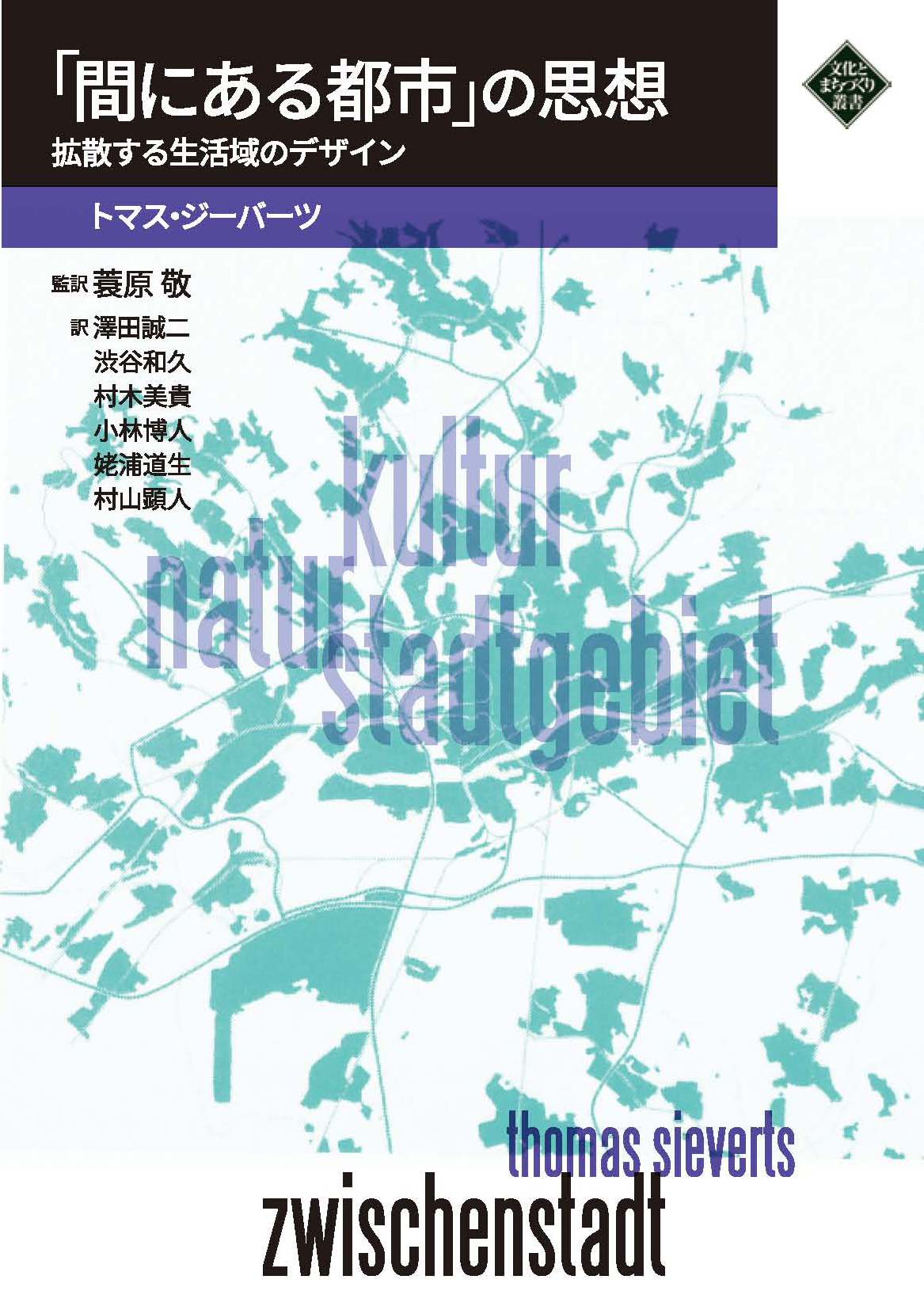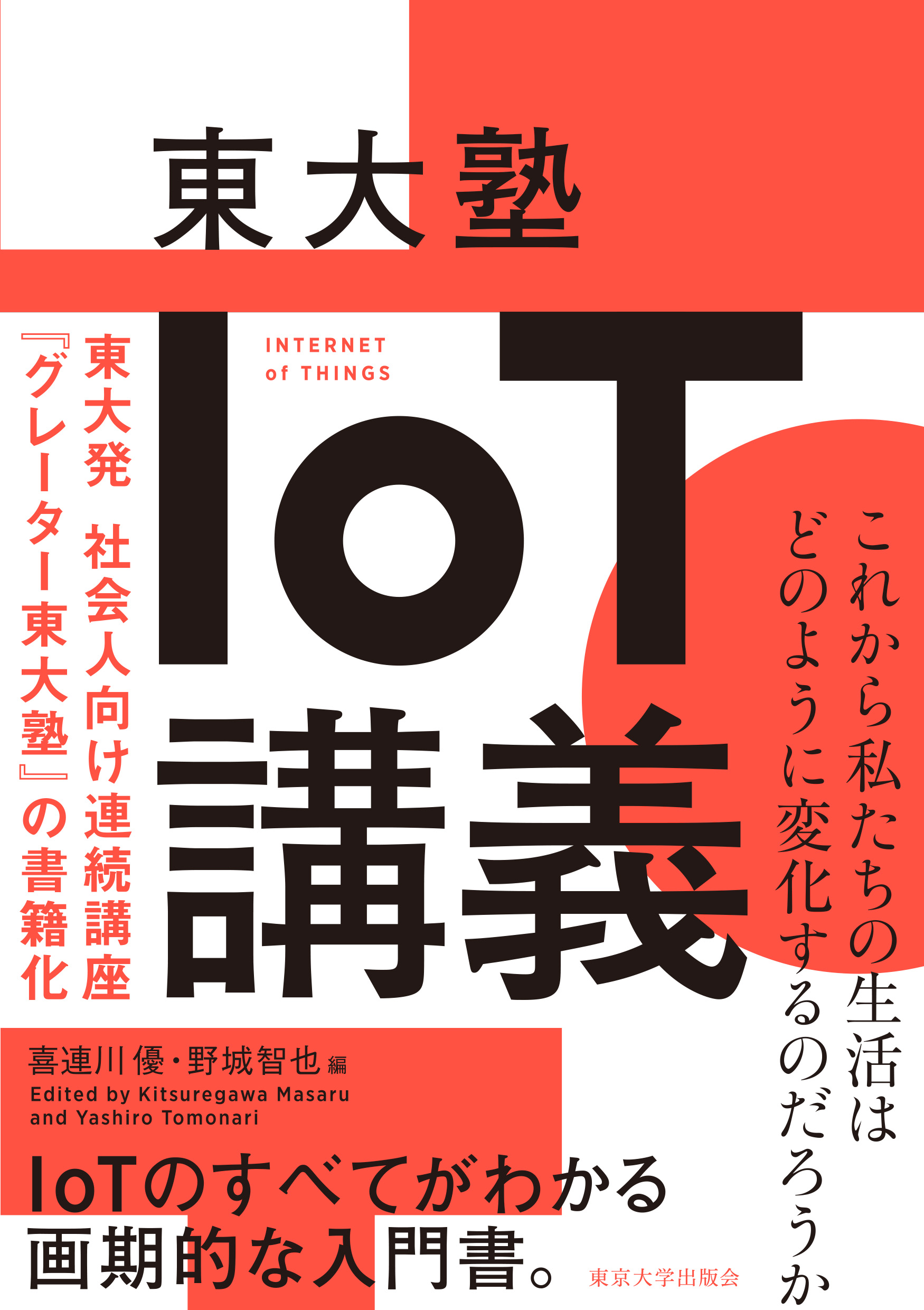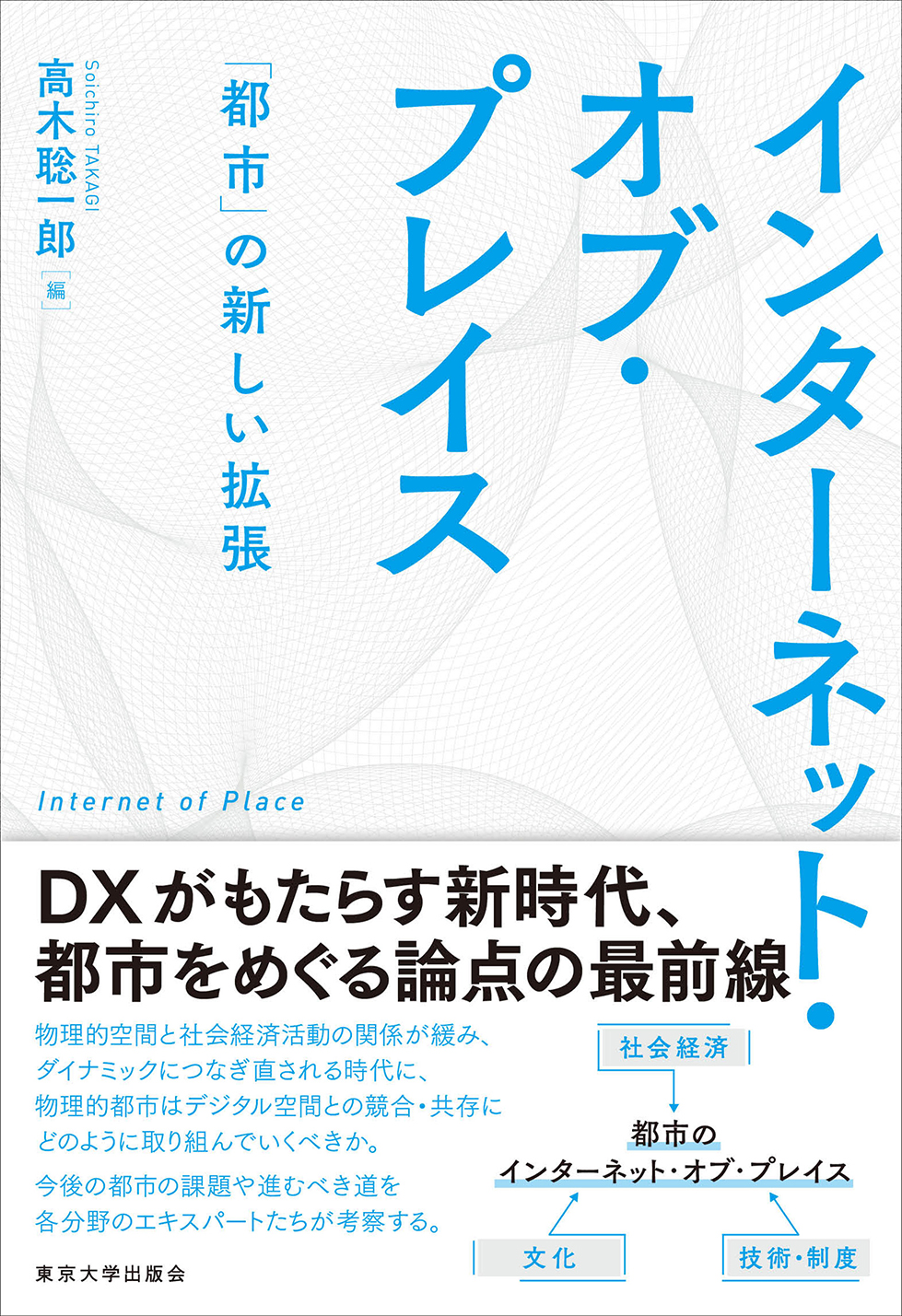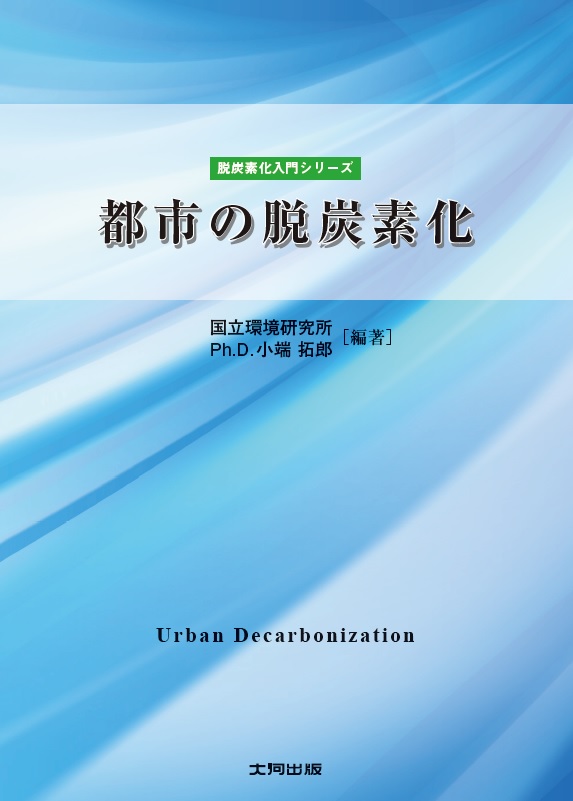
Title
Urban Systems Design Creating Sustainable Smart Cities in the Internet of Things Era
Size
460 pages, paperback
Language
English
Released
February 11, 2020
ISBN
9780128160558
Published by
Elsevier
Book Info
See Book Availability at Library
Japanese Page
In recent years, discussions on “smart cities” and “Society 5.0” have become more active in the field of urban planning and urban design. The challenge is to fuse the conventional urban design method with newly emerged data analysis and simulation methods that use big data, artificial intelligence (AI), and the Internet of Things (IoT), thereby creating and managing cities that have the ability to handle various sudden shocks and progressive stresses.
This book, which is a compilation of the results of discussions among researchers from all over the world who are tackling this issue under the concept of “urban systems design,” has the following three characteristics. First, it examines the social, environmental, and economic aspects of creating smart cities by citing examples from Europe, North America, Latin America, Asia, Australia, and Africa. Second, it analyzes the relationship between smart technologies and the existing sustainability certification systems such as CASBEE in Japan, BREEAM in the U.K., and LEED in the U.S. Third, it evaluates existing technologies related to energy management, such as HEMS, BEMS, energy harvesting, electric vehicles, and smart grids.
The author has been seeking to formulate, or partially implement, the concept of urban systems design through joint research projects or workshops as part of a team of about 10 researchers from the National Institute for Environmental Studies, the Georgia Institute of Technology, and the University of Tokyo. The summary of the work is introduced in a Japanese article entitled “IoT biggudeta jidai no toshi shisutemu dezain Summary” (urban systems and design in the IoT/big data era: summary), which was published in Kankyogi, the journal of the National Institute for Environmental Studies. The article was carried in the journal’s No. 70 issue: Wafu sumatoshiti zukuri o mezashite (aiming to create a Japanese-style smart city). The author is currently considering measures to address climate change in the field of urban planning and urban design by working with researchers who have been developing analysis and simulation methods using IoT and big data, such as CO2 mapping for buildings and roads and the monitoring of heat waves using aircraft, towers, and Twitter information. We are analyzing how major urban development projects and the creation of open spaces may impact the city’s CO2 emissions, and what kind of relationship exists between the city’s physical environment – i.e., buildings, urban infrastructure, water, and greenery – and the risk of heatwaves.
Such research and development projects will play an important role in addressing the Paris Agreement, an international framework for climate change for 2020 and beyond. The “Community and Living” section of Japan’s Long-Term Strategy under the Paris Agreement, which was adopted by the Cabinet on June 11, 2019, calls for the creation of “carbon-neutral, resilient, and comfortable communities” and the “circulating and ecological economy” by 2050. The urban systems design proposed in this book is one way to achieve this target.
(Written by MURAYAMA Akito, Associate Professor, School of Engineering / 2020)
Table of Contents
Perry P.J. Yang and Yoshiki Yamagata
2. Urban systems and the role of big data
Yoshiki Yamagata, Perry P.J. Yang, Soowon Chang, Michael B. Tobey, Robert B. Binder, Pieter J. Fourie, Peraphan Jittrapirom, Takuro Kobashi, Takahiro Yoshida and Jelena Aleksejeva
3. Modeling and design of smart buildings
Soowon Chang, Perry P.J. Yang, Yoshiki Yamagata and Michael B. Tobey
4. Smart urban buildings of communities
Soowon Chang, Michael B. Tobey, Nirvik Saha, Yoshiki Yamagata and Perry P.J. Yang
5. Integrating mobility in urban design
Robert B. Binder, Michael B. Tobey, Peraphan Jittrapirom, Paul Steidl, Yoshiki Yamagata and Perry P.J. Yang
6. Modeling and design of smart mobility systems
Pieter J. Fourie, Peraphan Jittrapirom, Robert B. Binder, Michael B. Tobey, Sergio Ordonez Medina, Tanvi Maheshwari and Yoshiki Yamagata
7. Spatial modeling and design of smart communities
Takahiro Yoshida, Yoshiki Yamagata, Soowon Chang, Vincent De Gooyert, Hajime Seya, Daisuke Murakami, Peraphan Jittrapirom and Gerasimos Voulgaris
8. Case studies toward smart communities
Yoshiki Yamagata, Takahiro Yoshida, Soowon Chang, Peraphan Jittrapirom, Sylvia Coleman, John Robinson, Roger Cremades and Dirk Neumann
9. Smart city and ICT infrastructure with vehicle to X applications toward urban decarbonization 000
Takuro Kobashi, Yoshiki Yamagata, Takahiro Yoshida, Soowon Chang, Yasunori Mochizuki, Amanda Ahl and Jelena Aleksejeva
10. IoT-based monitoring for smart community
Hiroaki Nishi and Yuichi Nakamura
11. Urban sustainability assessment tools: toward integrating smart city indicators 000
Ayyoob Sharifi, Shun Kawakubo and Anastasia Milovidova
12. Measuring quality of walkable urban environment through experiential modeling
Yoshiki Yamagata, Takahiro Yoshida, Perry P.J. Yang, Helen Chen, Daisuke Murakami and Leena Ilmola
13. Understanding the potentials of green bonds and green certification schemes for the development of future smart cities
Masachika Suzuki, Mari Yoshitaka, Anastasia Milovidova, Huiying Cai
and Yoshiki Yamagata
14. Institutional instruments for urban systems design - from the planner’s perspective
Akito Murayama
Related Info
40 Best New Smart Cities Books To Read In 2021 (Bookauthority 2021年)
https://bookauthority.org/books/new-smart-cities-books



 Find a book
Find a book








